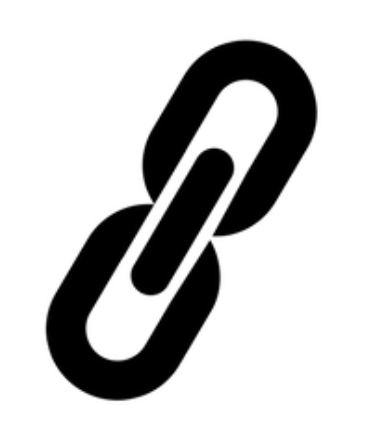NaNoWriMo2016: Setting the scene
In the same way, as a scriptwriter sets the scene for a play or a film, a novelist needs to invent the world for the cast of characters to inhabit. The choice for each set within the world of your novel is entirely yours. You could stick close to home using familiar locations. Distant lands could give you the excuse to travel for research purposes. Or, you could create invent a world set...



